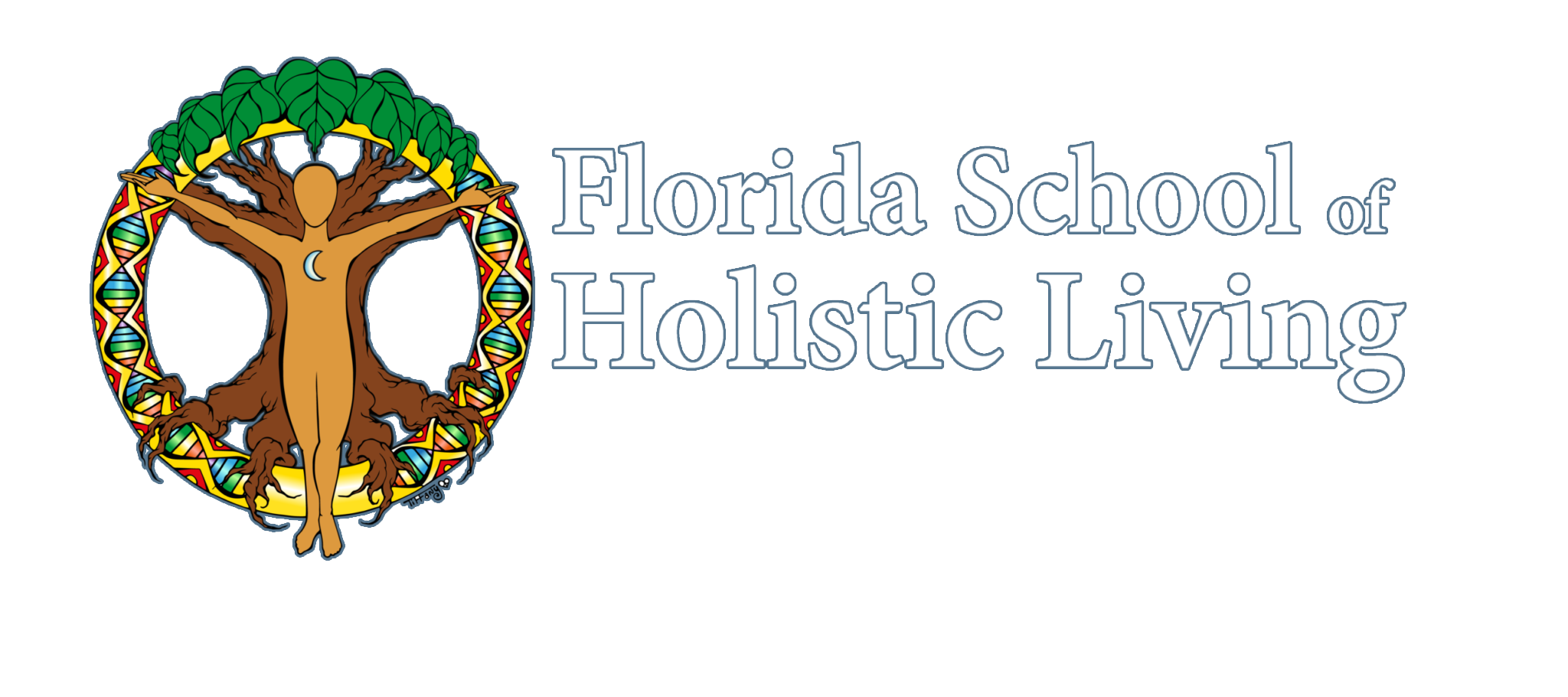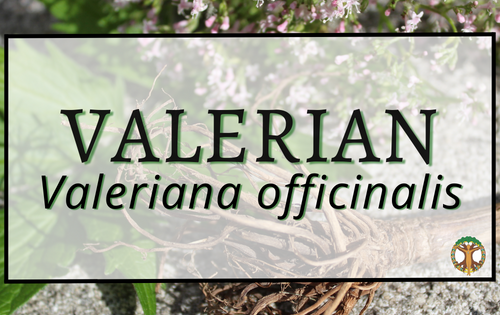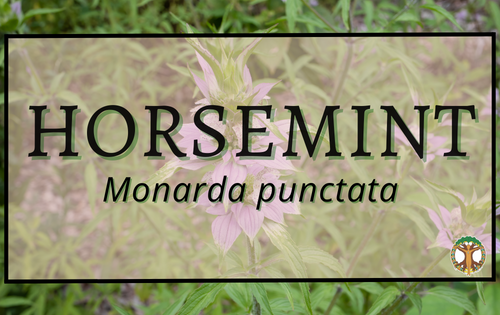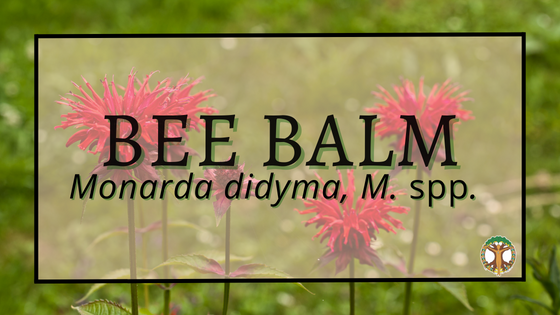
Bee Balm
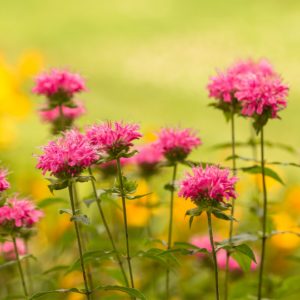
Latin name: Monarda punctata (other species commonly utilized – M. fistulosa, M. didyma, M. citriodora) –
Family: Lamiaceae
Common name: Bee balm, horsemint, spotted bee balm, dotted horsemint, bergamot
Usage: The Monarda genus is endemic to North America and contains about twenty species, many of which have a history of medicinal usage. Monarda punctata, or spotted beebalm, is our Florida native species and can be found growing in our gardens. The leaves and flowers of Monarda punctata are utilized both internally and topically, both fresh and dried, to support a range of issues. Energetically you will find the bee balms to be warming and drying. Monarda punctata, as well as other Monarda species, have a deep history of use amongst many different tribes of First Nations people across its range. Usages and properties include: diaphoretic, anti-rheumatic, antispasmodic, pain-relieving, anxiolytic, carminative, antibacterial & antifungal. Monarda, displaying the classic aromatic properties associated with the mint family, has a beautiful strong sent, often compared to that of thyme and oregano. The aromatic properties lend to the use of bee balm as both a perfume and culinary spice. This strong aroma is associated with the essential oil contained in the plant, thymol. Thymol is antiseptic and lends to the plant’s ability to address infections, both bacterial and fungal. An infusion or tincture of bee balm internally can support the healing process of infections, particularly those of the urinary tract and respiratory system. Topically the leaves and flowers may be made into a poultice or infused oil/salve and applied directly to rheumatic joints. Utilize a compress and apply topically for wounds, skin infections and irritation.
*WARNINGS/CONTRAINDICATIONS: High in volatile oils, do not over-steep. Avoid during pregnancy.
Growth/Habitat: Monarda punctata’s range extends the majority of the Eastern North American continent from Mexico to Canada, as well as parts of California. It is an annual, biennial, or perennial depending on the climate. In Florida we see M. punctata flowering from late summer into the fall. This plant grows upright and shrubby from 6” to 3’ in height. The flowers of this Monarda species are unique in that they occur in clusters stacked up the stem, each cluster with a rosette of yellow to purple to pink bracts at the base. The flowers are white to pink, labiate and spotted with pink to purple dots. Leaves are 1 to 3” with toothed edges and pointed tips, arrange oppositely down the stem. These flowers attract a host of pollinators, including carpenter bees, sweat bees, leaf cutter bees, and especially wasps. Monarda punctata thrives in sunny, sandy locations but is broadly tolerant provided the soil is well-drained and there is ample sun. It is readily propagated by seed.
Recipes:
• Dry flowering tops and use in place of oregano and thyme in culinary recipes.
• Add to your fire cider!
Bee Balm honey–
• Cut and wilt flowering tops or leaves of bee balm over the night
• Fill an appropriate sized jar.
• Cover with local honey.
• Label and let sit in a temperature consistent location for two weeks.
• Strain and discard plant material
• Use this honey on its own or mixed with vinegar to relieve respiratory irritation and fight off infection.
- Bundle some flowering tops of spotted bee balm and hang them in your home for a lovely scent.
Sources:
Austin, Daniel F. Florida Ethnobotany. CRC, 2004.
Chech, Richo. Making Plant Medicine. Herbal Reads, 2016.



